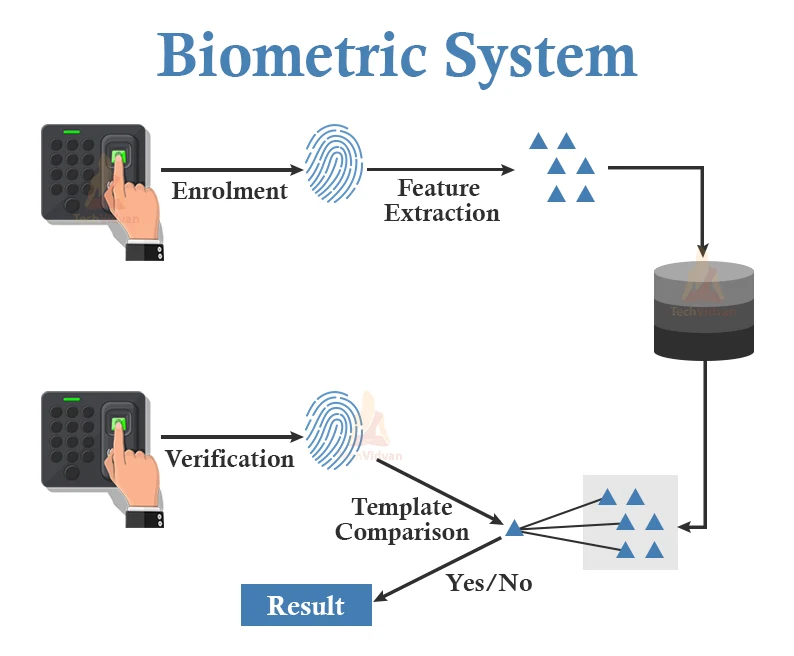IoT Biometrics Domain
Iot plays a very important role in the biometric industry. It is used in systems such as voice recognition, iris scanners, fingerprints systems, face recognition and so on.
Biometrics are unique human characteristics such as the face, fingerprints, eyes and so on. They are used for automated biometric identification systems. On the basis of the organisation we use fingerprints or eye scanners to login into a system or any other.
Biometrics
Biometrics is a technology that is rising in every industry. It is the act of verifying login attempts by users based on characteristics unique to every individual such as fingerprints, eyes, face and voice.
Biometrics: The future of IoT security
With the arrival of the internet of things every digital device wants to connect to the internet to increase and improve its functionality. With the help of internet connection these devices process huge amounts of data and run applications. Other devices such as home appliances are also now capable of connecting to the internet to leverage their capabilities.
Outdated and old methods like passwords and pins are simply not enough to protect these devices that contain huge amounts of sensitive information. The main goal of the internet of things is to achieve efficiency which is not possible with mediocre security techniques. Hackers can easily guess passwords, users may forget or share passwords which is why passwords are not unique to every individual and hence are not a great fit for IoT devices. Two factor authentication increases security but causes inconvenience to the end user.
Biometrics combine the physical characteristics that are unique and exceptional to every individual. Biological characteristics include iris patterns, fingerprints, vein patterns and so on. These characteristics are different in every individual and hence it becomes difficult to hack a device protected by biometrics such as one’s iris print or one’s fingerprint.
How do biometrics work on the IoT technology?
Biometric security exists between every stage in IoT. As we transform from one stage to another the biometrics may change such as fingerprint security to smartcards. This is done to create a personalised and more secure experience for the end user in IoT. Untampered data makes sure the connections are quick and safe.
Role of Biometrics in the internet of things
Biometrics make sure that your data transfers take place in a safe manner and the connections in between are protected. Biometrics are a key security characteristic in Iot safety pro tools. This is because the physical characters are unique to every individual and hence using them as a means of authentication means lesser security breaches. It becomes extremely hard to fake or duplicate the biometrics of any individual.
Working of a fingerprint scanning system
It starts off with the enrollment process where the person scans his fingerprint on the device and the machine records or scans the print. The machine extracts features from the finger which is usually a thumb and stores it on a server. It retains this vital information. The next time the user scans his fingerprint the machine creates a template and compares this template with the original one in the database. If a match occurs, the person enters the system. If not then the login fails and the person is returned to the homepage.
The working of eye scanner systems function in a similar pattern.
Summary
So this was all about the biometric in the IoT domain. We learnt about biometrics and the working of a fingerprint scanning system as an example. We hope our explanation was easy to understand.

